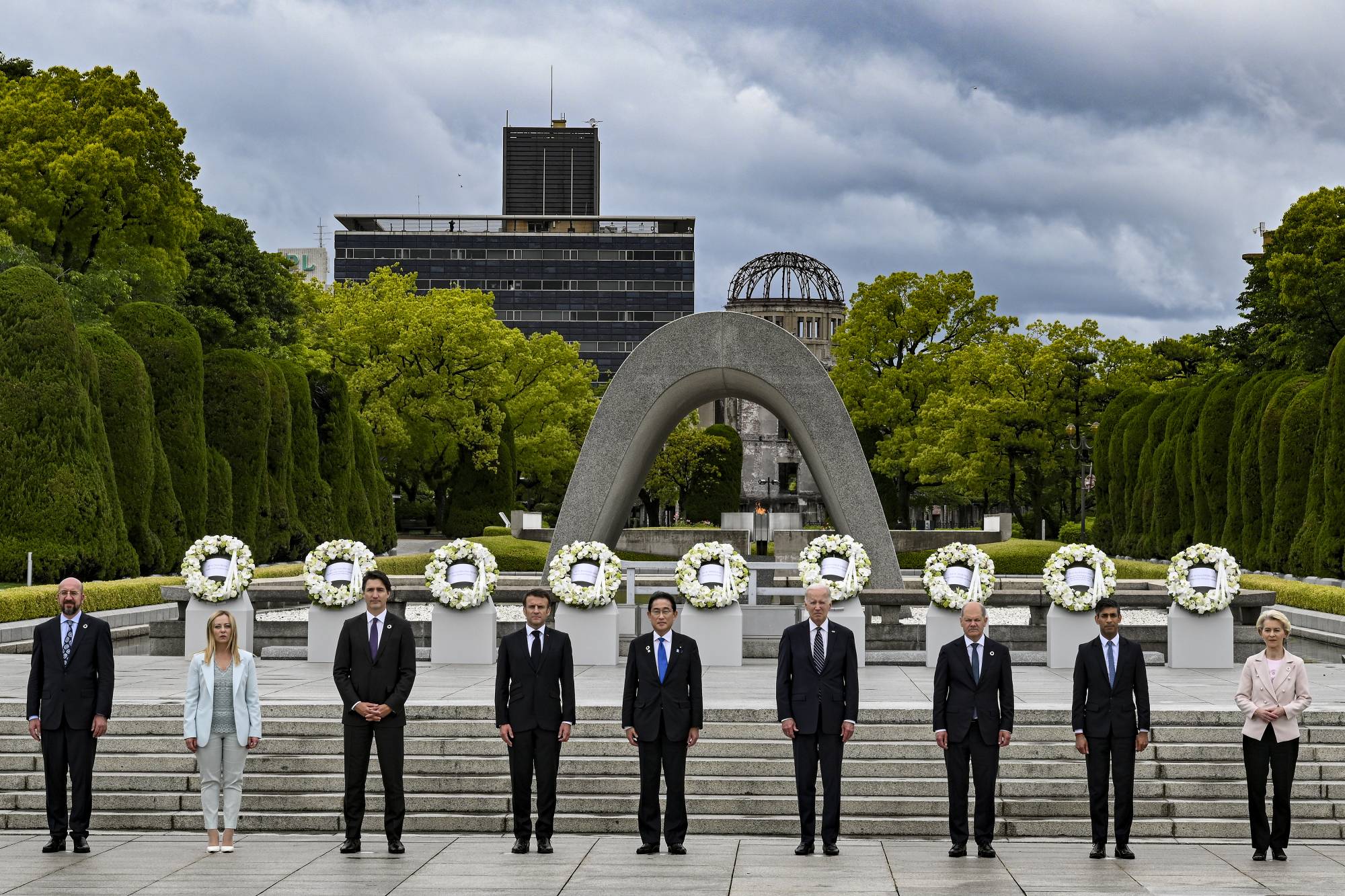We’ve been living so long with the threat and reality of climate change that there’s a chance we can sometimes miss the inflection points.
Like the moment, last month, when the World Meteorological Organization warned that global warming beyond 1.5 degrees Celsius — the change we’ve been accustomed to trying to combat — is now likely to take place, at least temporarily, within the next five years.
It’s not all bad news, though. The urgency around climate change has been accelerating, and so too has the rate of response from governments, companies and individuals all over the world.
















With your current subscription plan you can comment on stories. However, before writing your first comment, please create a display name in the Profile section of your subscriber account page.